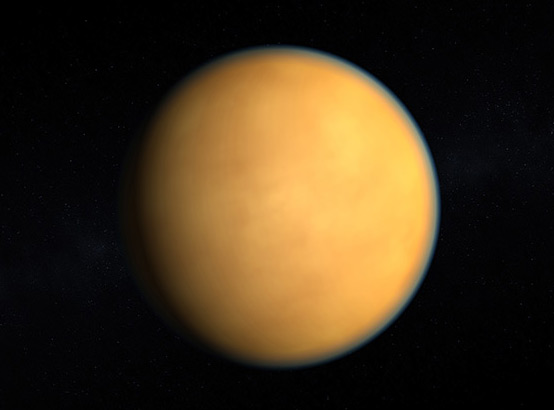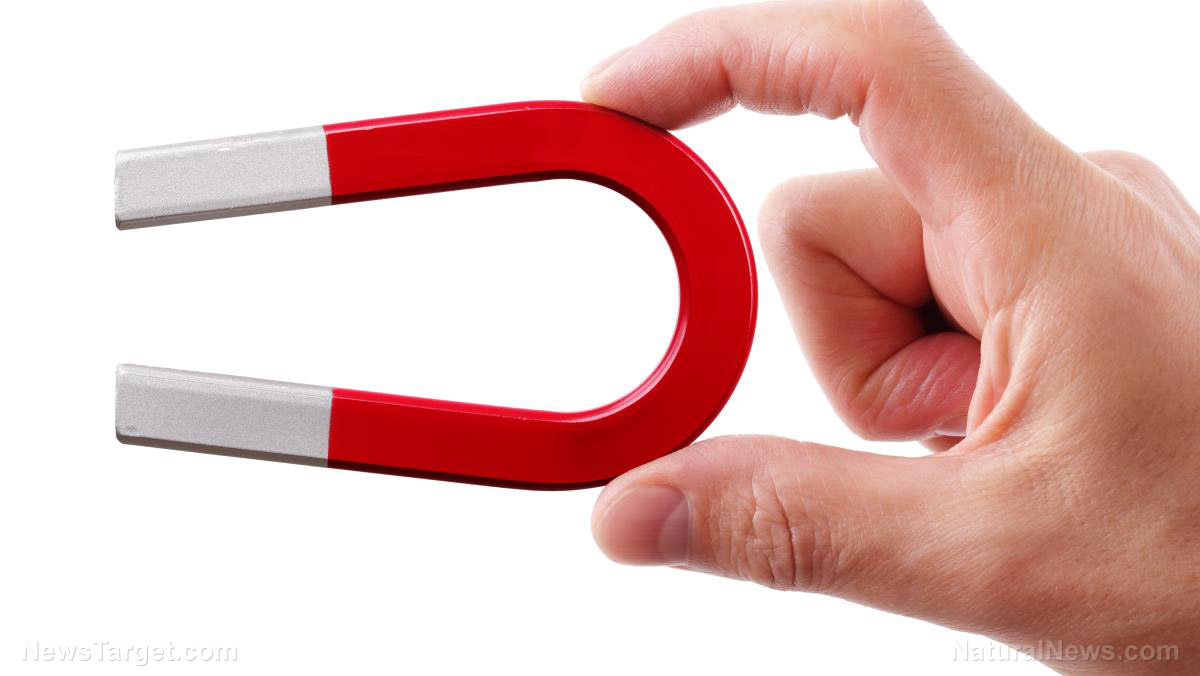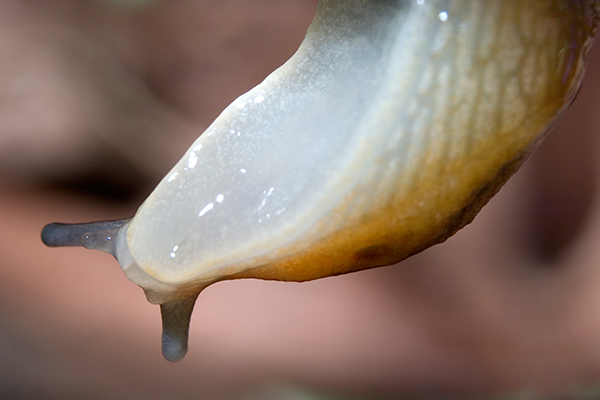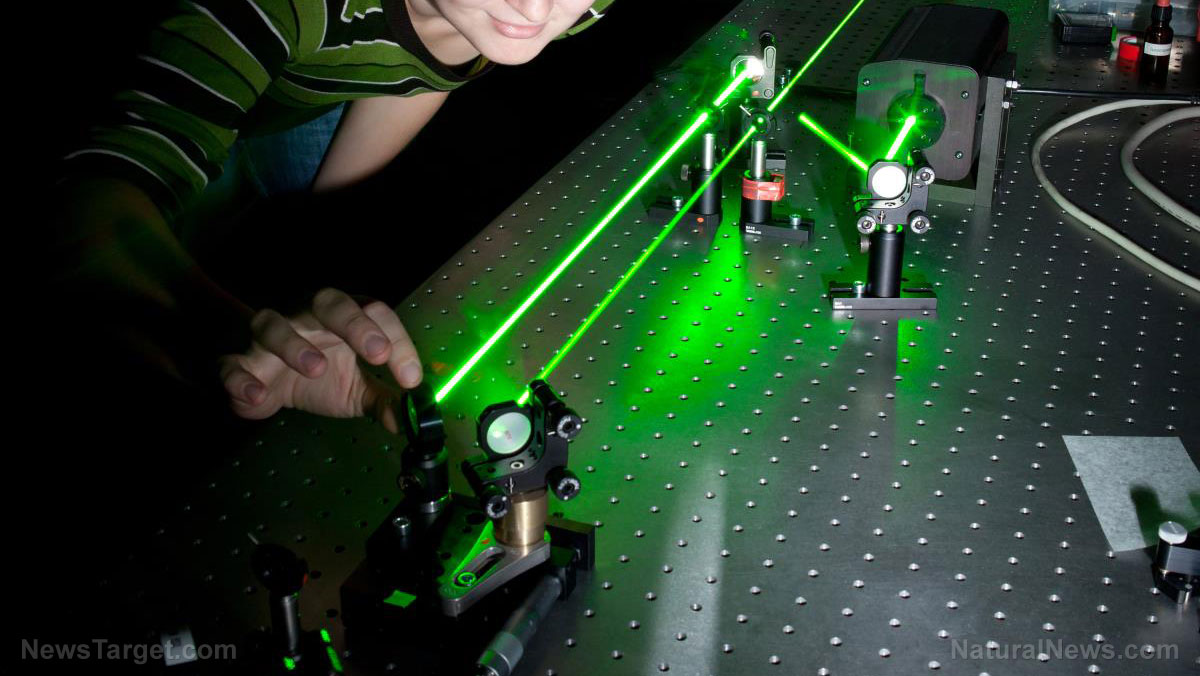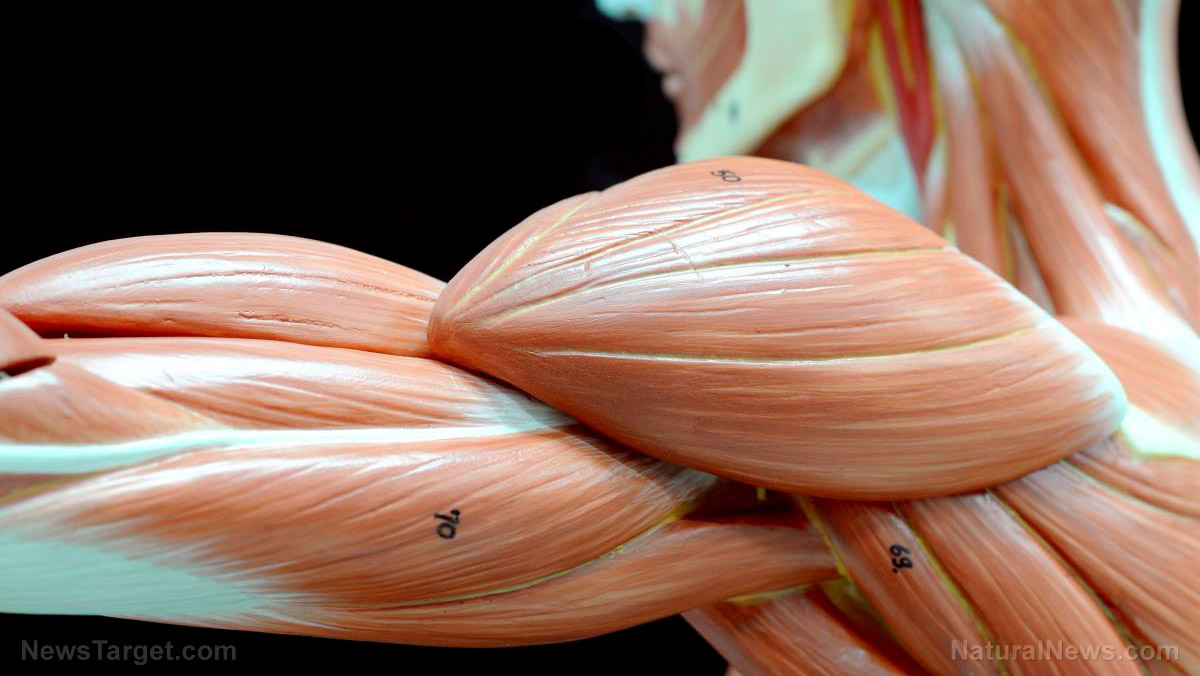Cleaning up space debris: Researchers develop device to prevent space collisions
10/06/2019 / By Edsel Cook

Earth’s orbit is getting so cluttered with space debris that researchers fear it will experience a disastrous Kessler syndrome event shortly. Their solution is a semi-autonomous system called OSCaR that will help clean up space debris.
Named after the iconic Muppet character that lives in a trash can, the Obsolete Spacecraft Capture and Removal device or OSCaR offers an inexpensive way to help prevent Kessler syndrome.
A recent estimate by the European Space Agency (ESA) placed the number of space debris at close to 129 million. They move at significant speeds that will cause severe damage to anything they hit, even if the debris is small.
“The amount of observed debris is increasing faster now than the rate that we’re actually putting more objects into space,” explained Rensselaer Polytechnic Institute (RPI) researcher Kurt Anderson. “This is an indication that earliest stages of The Kessler Syndrome may be upon us.”
In 1978, NASA researcher Donald Kessler brought up the possibility that a sufficiently large number of objects in Earth orbit may eventually trigger a domino effect of collisions. When that happens, the space debris will multiply at an exponential rate and will overfill vast areas of space with swiftly moving material. (Related: Rethink satellite production: Using affordable, sustainable materials can minimize space junk and address engineering problems.)
Preventing the Kessler syndrome with a space debris collector
Anderson’s team designed OSCaR as a small device that is cheap and easy to loft into space. Once it separates from its carrier vehicle, it will look for nearby space debris, capture its target, and de-orbit the junk on its own.
OSCaR is made up of three units of CubeSats, a class of tiny satellites. In the RPI system’s case, each side of the cube-shaped units measures four inches (10 cm).
The researchers distributed the various parts of OSCaR among its three CubeSats. One unit carries the propulsion system and fuel for maneuvering the spacecraft. A second unit holds the electronic brain, which keeps track of GPS, stores data, and stays in contact with an Earth-based control station. It also contains the power and thermal management systems.
The capture unit carries the equipment for capturing space debris — gun barrels, nets, and lines for tethering its target. It also hosts the various imaging sensors for spotting objects floating in Earth’s orbit.
After collecting enough space debris, OSCaR will de-orbit itself in a few years. It and its cargo of junk will burn up in the atmosphere.
Three CubeSats may do the clean-up job of a big satellite
The RPI team wants OSCaR to fulfill its mission of collecting space debris with little input from ground control stations. The semi-autonomous spacecraft will use its sensors and data from an existing catalog of space junk.
The Space Debris database recorded just 22,300 pieces of space debris out of the 129 million ones orbiting the Earth. These cataloged objects receive regular scrutiny to make sure they haven’t strayed.
OSCaR will go after the recorded space debris first. It will use optical, radar, and thermal imaging to zero in on its target.
Anderson noted that they crammed the capabilities of a large and expensive satellite into OSCaR’s three-CubeSat system. While its small size makes it a convenient cargo for most spacecraft, its actual performance remains to be determined.
The team plans to run OSCaR through ground trials in 2019. Then, they will look for a partner who will take it to space.
“There’s an informal agreement that’s been in place for a few years that people who put space objects up there should be practicing good citizenship,” he said. “We envision a day where we could send up an entire flock, or squadron, of OSCaRs to work jointly going after large collections of debris.”
Sources include:
Tagged Under: cubesat, Earth orbit, goodtech, innovation, inventions, Kessler Syndrome, outer space, satellite, Space, space cleanup, space debris, Space Junk, space trash
RECENT NEWS & ARTICLES
COPYRIGHT © 2017 SCIENTIFIC NEWS






